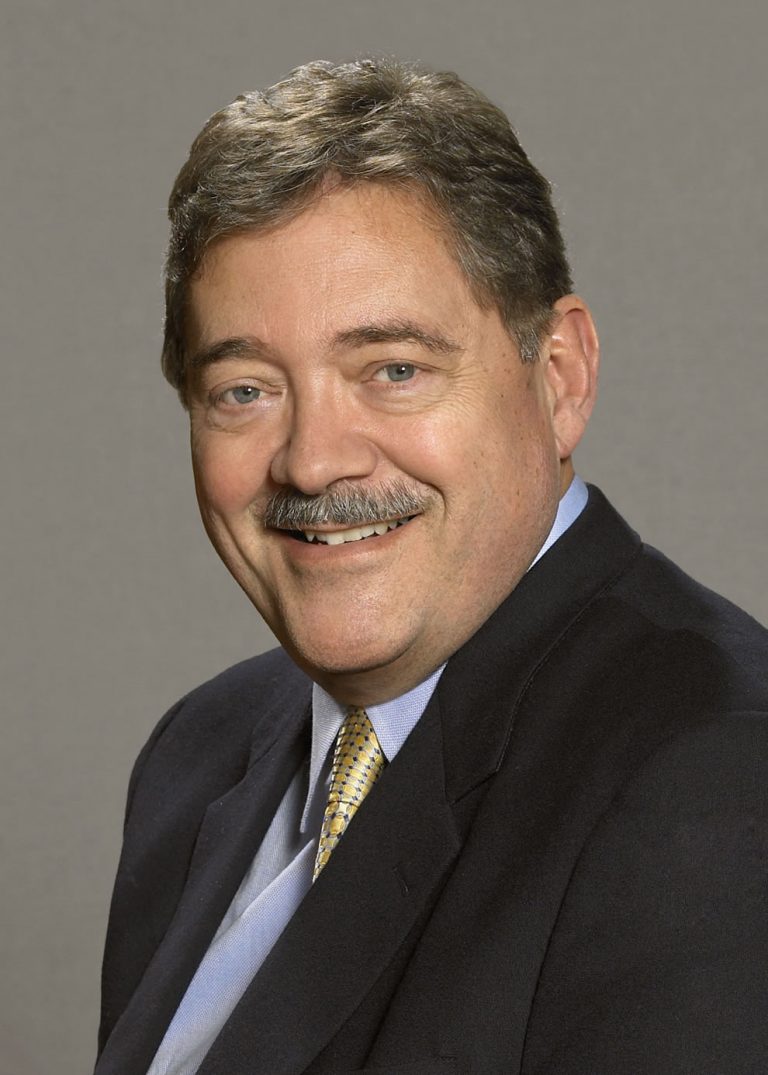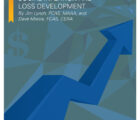
One of the great pleasures of becoming president of the CAS is the opportunity to meet and greet the membership, particularly the new Fellows and Associates. I spent a fair amount of time at the recent Annual Meeting in conversations with members, both old friends and new acquaintances. Sometimes I approached members to introduce myself and solicit their thoughts, other times they approached me with questions, advice and words of encouragement.
There were a number of recurring themes in these conversations, one of which was our relationship with the SOA. People typically asked how the CAS is responding to the competitive threat posed by the SOA, and what our current relationship is with the SOA leadership. They wanted to know what will happen if and when the NAIC accepts the SOA general insurance track as qualified to sign opinions. They also asked if the CAS is committed to remaining separate and, if so, why. Others wondered why the CAS didn’t merge with the SOA for the benefits of efficiency and economies of scale.
All of these are good questions. First, our relationship with the SOA has improved considerably since the time that we declined their offer to combine forces and they launched their general insurance track. I would say it has moved from open hostility to détente, with respectful and congenial relationships at the leadership level. This is partly due to the passage of time and the annual turnover of leadership. It is also due to some efforts at reconciliation from both sides. For example, when I first become president-elect, I reached out to my SOA counterpart, Craig Reynolds, suggesting we meet one-on-one for an informal conversation. That exchange turned out to be quite productive and has led to a regularly scheduled monthly talk. While we still don’t agree on many things, we have both come to recognize that we were basing our views on differing narratives as to what had transpired. Getting each other’s perspectives has helped us both have a more balanced view. Conversations with other leaders on both sides are also now regularly occurring.
Competition isn’t entirely a bad thing … competition has caused us to “up our game.”
In many of my conversations with members, I did respond that I viewed the SOA as a competitor, rather than an existential threat — one with whom we can have a congenial relationship that encourages open dialogue. I sincerely believe that is the right way to view them at this juncture. They aren’t bad people, they just have a different perspective. Partly my view recognizes that competition isn’t entirely a bad thing. In the case of the CAS, competition has caused us to “up our game” in many ways. We have improved communications with employers through direct outreach and an invigorated Employer Advisory Council; developed Student Central, a great platform for interacting with students; expanded our university engagement program targeted at academics; and implemented some new ways to engage in member outreach, including targeted member surveys. We are innovating our basic education programs, adding statistics and predictive analytics material to our exams to address the needs of future actuaries, and innovating in both the content and delivery technology of our continuing education programs.
Viewing the SOA as a competitor also means we aren’t overly focused on what they are doing, in the firm belief that if we deliver better quality to our stakeholders we have little to fear from them. While we monitor the SOA’s activities, most of the energy of the board, leadership and staff is focused on just being the best we can possibly be. As I said several times at the Annual Meeting, “Apple didn’t succeed as a company by focusing on what Microsoft was up to every day.”
Finally, my views on the SOA reflect my firm conviction that we will continue to be the credential of choice, and that the SOA will not be successful in displacing us in the general insurance area. The CAS has the dominant position in market share and brand positioning. Our programs are of high quality. We have strong support among employers, who are the ultimate arbiters on credential requirements. We have unassailable scale to our basic and continuing education programs. And we are growing.
This brings me to the last question: Why not merge? I have put a great deal of thought into this over the last year. All organizations are, to an extent, historical accidents. Their formation was driven by the events and needs of the times in which they were established, and their evolution reflects changes in needs and circumstances over time. Therefore, we should never automatically assume that the status quo is best; rather, we should always challenge how things stand and be open to constructive change — even if it might be difficult or painful.
We should never automatically assume that the status quo is best … we should always challenge how things stand and be open to constructive change — even if it might be difficult or painful.
But even after trying to approach the question with as open a mind as possible, my view is still that the CAS should not merge with the SOA at this time. I don’t believe it is in the best interest of the CAS stakeholders to do so. Certainly, circumstances could change, such that I would change my mind in the future, but not now. I like our culture and community, and I believe they would be put at risk by a merger.
I’m looking forward to further conversations with members on this and other topics important to our profession. In the next issue, I plan to describe some of my goals for the year. In the meantime, any thoughts or ideas you would like to share would be welcome. I’d like to hear from you. Drop me a line at president@casact.org.











